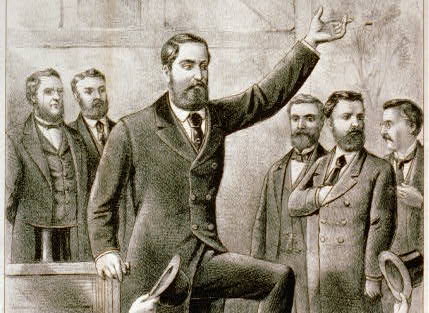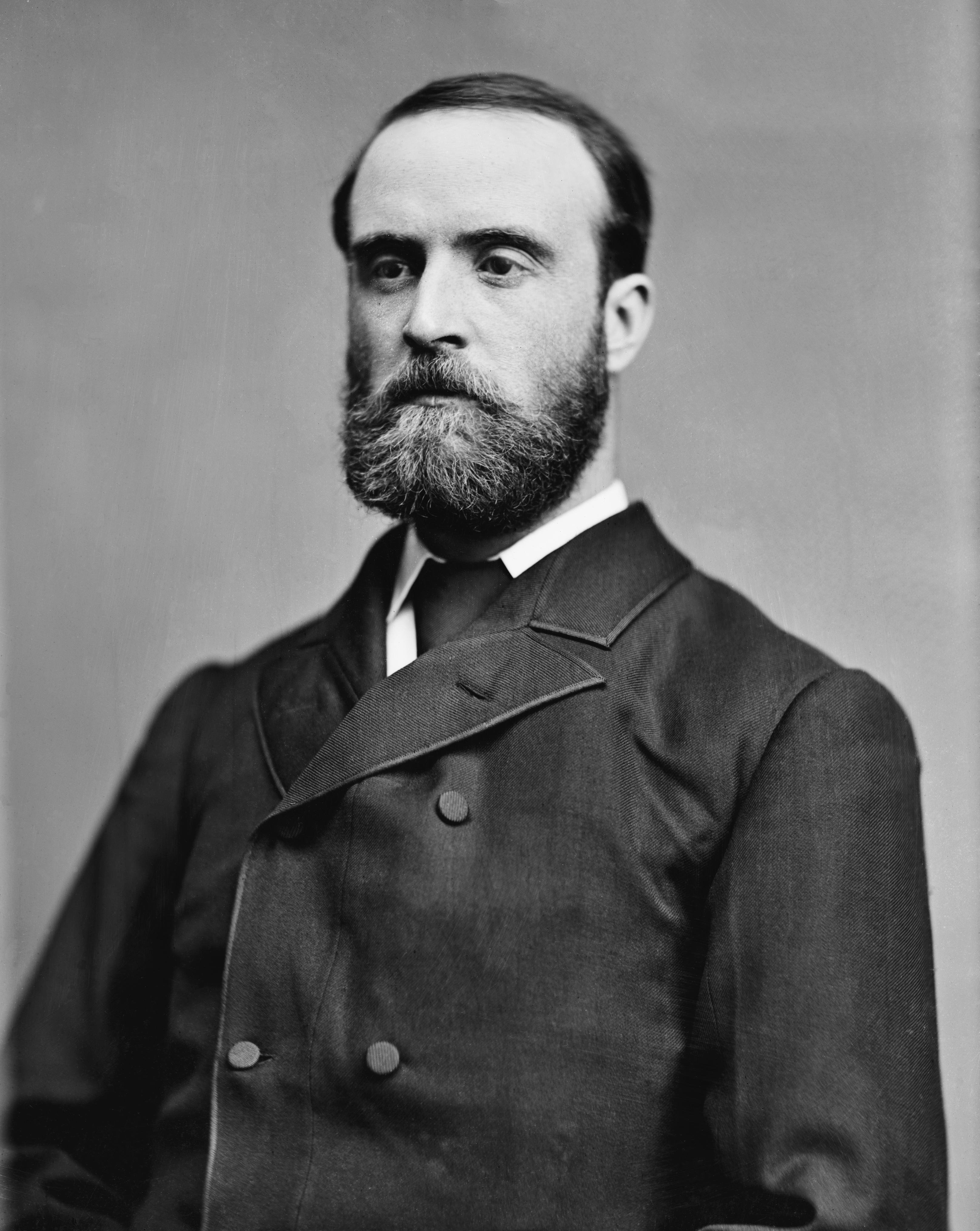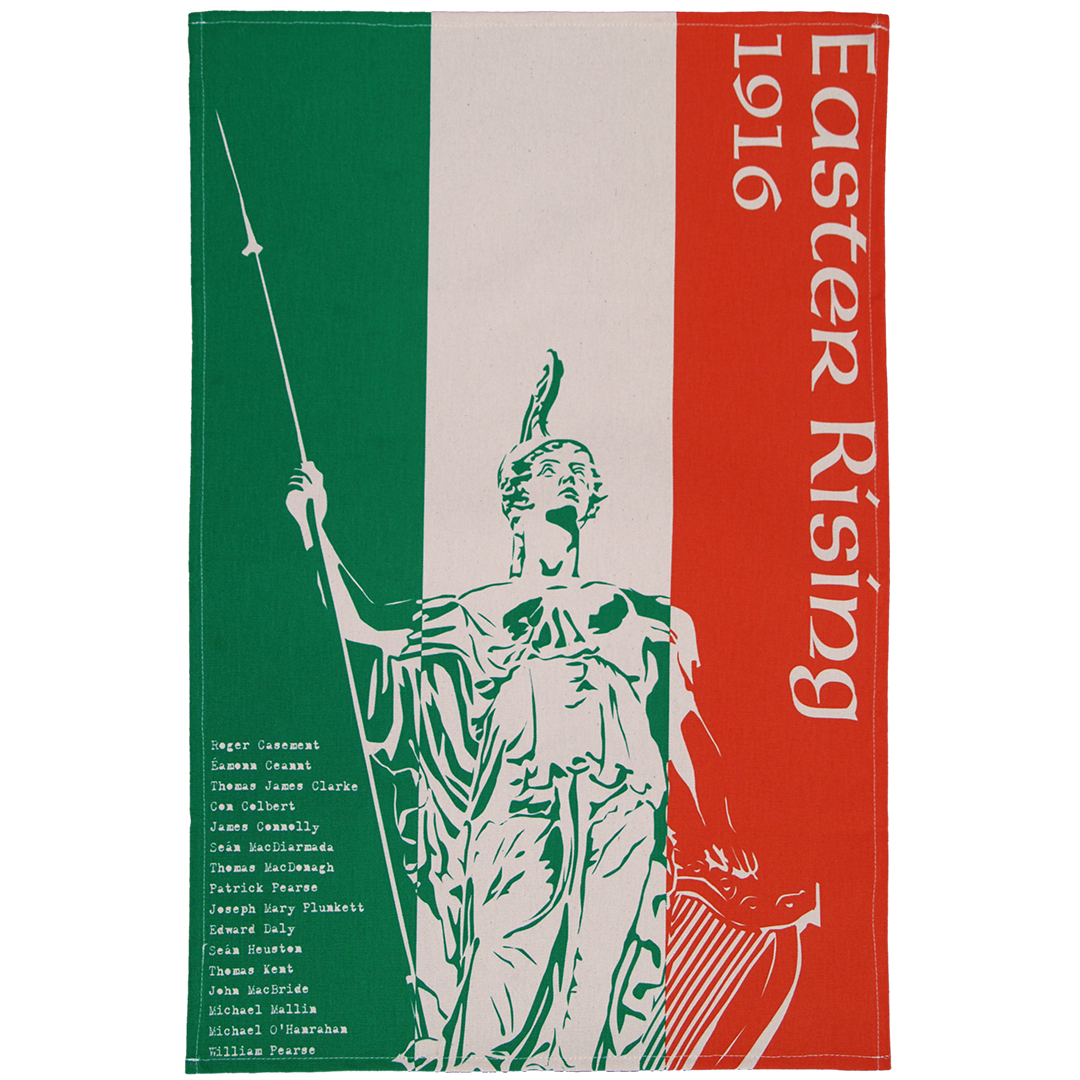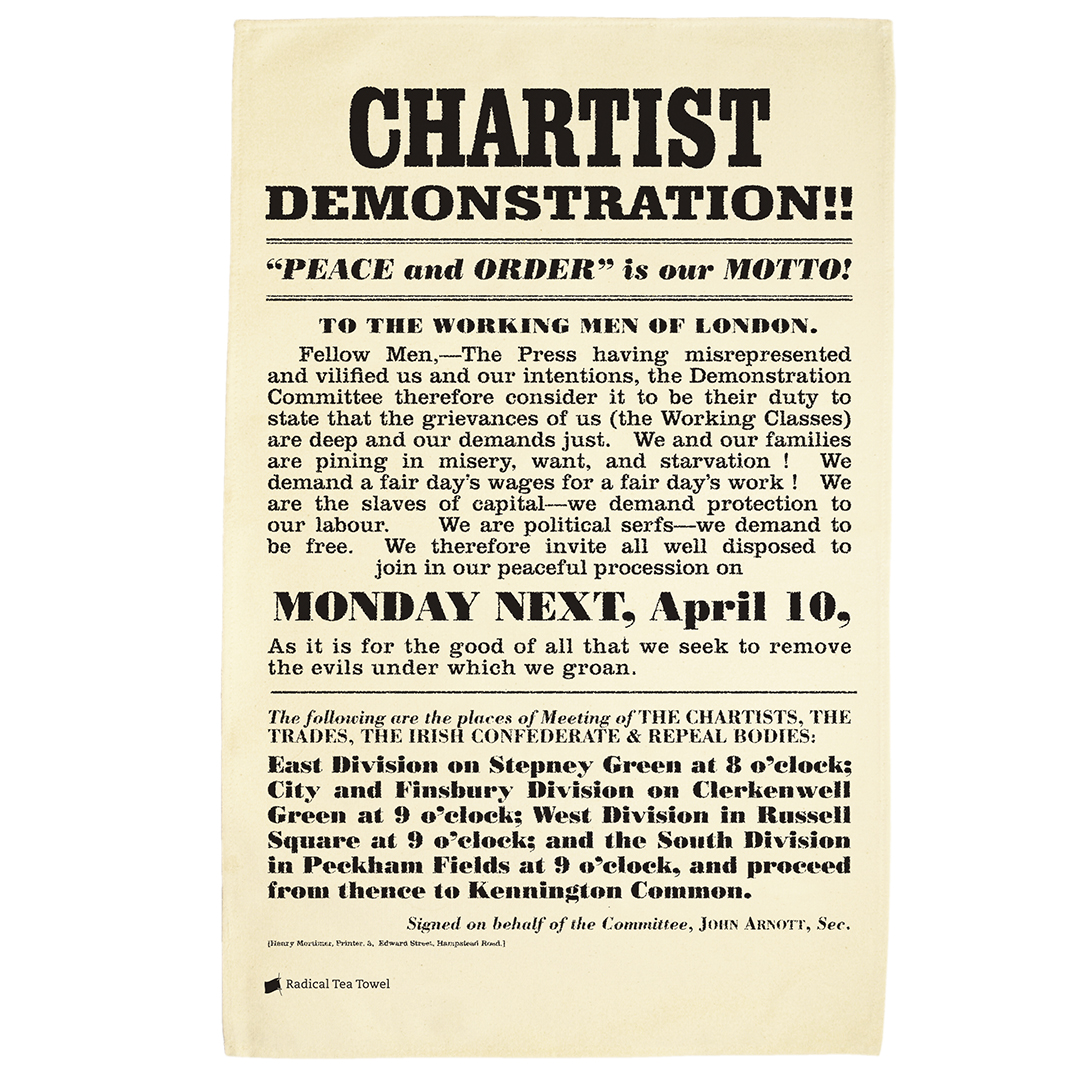Amongst the Nations of the Earth: The Irish Home Rule Movement
Posted by Pete on 27th Jun 2022

“When we have undermined English misgovernment we have paved the way for Ireland to take her place amongst the nations of the earth.” - Charles Stewart Parnell
The Easter Rising of 1916 didn’t come out of nowhere.
By the start of the twentieth century, Irish radicals could look back on centuries of resistance to the British empire.
Some say that Irish history is a history of oppression. But it is also a history of rebellion.
The Easter Rising of 1916 was an armed insurrection by Irish republicans fighting against British rule
Click to view our Easter Rising tea towel
The last major Irish insurrection had been in 1798, when Wolfe Tone and the United Irishmen rose up for independence and liberty.
But the nineteenth century was by no means a quiet interlude in Irish radical history.
Irish activists like Mary Burns were prominent in the labour movement in the British isles. Feargus O’Connor, from County Cork, was one of the leading Chartists.
The national movement also began to reorganise after the defeat of 1798. ‘Young Ireland’ was formed in 1842 as part of a broader European movement for national self-determination, which exploded in the Revolutions of 1848.
The Irish radical Feargus O'Connor helped to organise the Chartist meeting at Kennington Common in 1848
Click to view our Chartist Demonstration tea towel
But Irish national agitation in the nineteenth century peaked with the Home Rule movement, and the Home Rule movement peaked under the leadership of one Charles Stewart Parnell.
Born today in 1846, in County Wicklow, Parnell was a scion of the Anglo-Protestant gentry, descended from Cheshire merchants and distantly related to the Tudors.
Although the Irish freedom struggle has often been painted in sectarian terms as Catholics versus Protestants, Protestant nationalists have actually been a common feature of the movement. Many of the United Irishmen, including Wolfe Tone himself, were Protestants.
Parnell joined the ranks of this radical tradition when, in the 1870s, he joined the Home Rule League.
In 1801, partly as a response to the Uprising of 1798, Westminster passed an Act of Union between Britain and Ireland which abolished the latter’s Parliament.
Henceforth, Ireland would elect and send MPs to London.
In theory, this was supposed to give Ireland a clearer voice in policy-making. In practice, it dissolved the main institution for Irish self-government, and Westminster happily ignored the minority of new Irish MPs.
No wonder activists like Parnell joined the campaign for ‘Home Rule’ – for legislative (re)devolution to Ireland.
And Parnell quickly gravitated to the radical wing of the Home Rule League.
He was elected MP for Meath in April 1875, and would remain in Parliament until 1891.

Charles Stewart Parnell, photographed between 1870 and 1880
He developed covert links with the Irish Republican Brotherhood (IRB) – the main armed wing of the independence movement, which came to play a leading role in the War of Independence under Michael Collins.
Parnell also supported the surge of agrarian radicalism in late nineteenth-century Ireland, where tenant farmers were protesting against the extortionate rents set by the English landlord class and demanding land redistribution.
“You must show the landlord that you intend to keep a firm grip on your homesteads and lands.”
In 1877, Parnell was elected President of the Home Rule League in Westminster, replacing the old moderate leadership.
Five years later, the Home Rule League Party was renamed the ‘Irish Parliamentary Party’ (IPP), which Parnell turned into the first modern party machine in British politics.
A hung parliament in 1885 left the Irish Parliamentary Party holding the balance of power between Liberals and Tories.
Allied to William Gladstone’s Liberal Party, Parnell almost got Irish Home Rule enacted. But his English allies imploded over the issue.
Too many haughty Liberals were convinced that Home Rule for Ireland would trigger the collapse of the British Empire.
But Parnell’s effort was probably the closest Ireland came to Home Rule.
The national movement eventually threw it out as a pipe dream – British imperialists and Ulster Unionists would never allow it to happen.
In 1916, the country went for outright independence instead.
That struggle began at the General Post Office in Dublin, which today stands just a few hundred yards down the road from a huge statue of Charles Stewart Parnell – one of the many heroes of Irish radical history.


